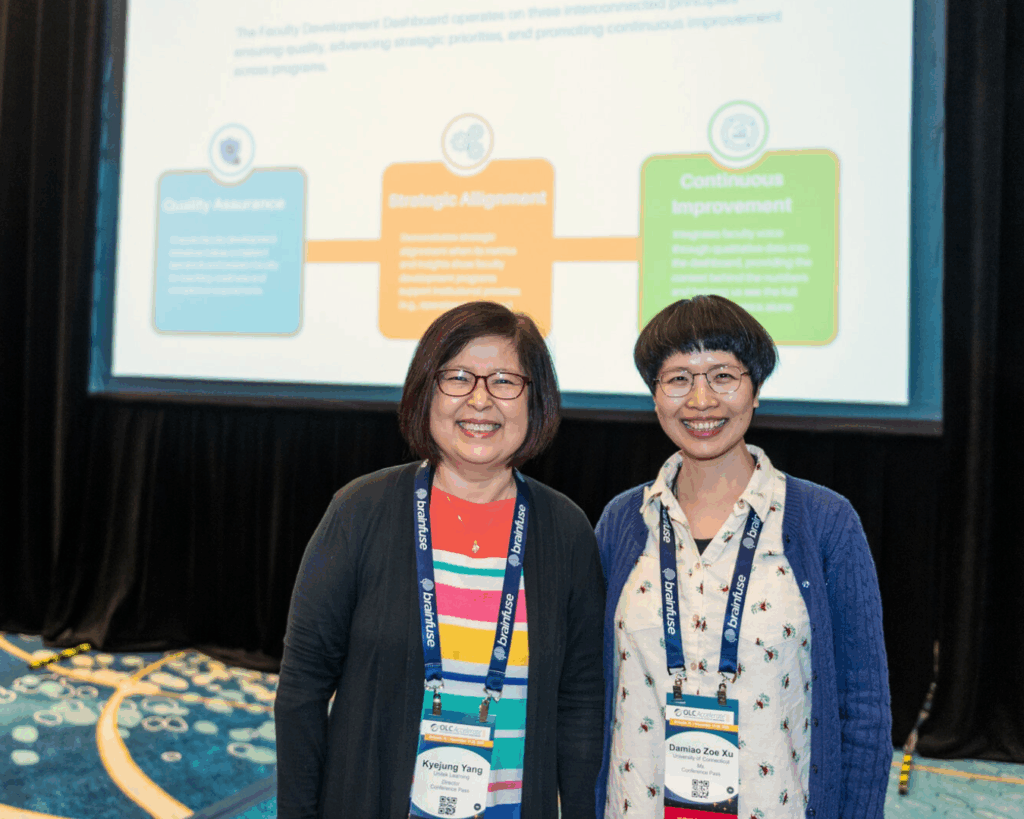Please bear with me. There is a point to this story.
To get there, I need to talk about something called Cushing’s Disease. Cushing’s Disease is also known as hypercortisolism. People can get it, and apparently dogs, too. The odds of being diagnosed with Cushing’s is about 10 in a million. For those who have it, it can be a lonely and misunderstood disease.
The gist of Cushing’s is that (most often) a tumor somewhere in the body bypasses your pituitary glands to tell your adrenal glands to produce more cortisol than it needs. Cortisol is commonly referred to as the stress hormone, which kicks in when your car starts fishtailing on a patch of ice or a cloud of bees floats toward you with malicious intent. Cortisol is necessary for survival, but too much in the body for too long can be devastating to one’s health and appearance.
I was diagnosed with ectopic Cushing’s Disease in January 2022. Prior to that, I had been experiencing a slew of unexplainable health problems, including high blood pressure, high blood sugar, low potassium, low energy, muscle loss, hair loss, weight gain, and so on. I also developed what’s referred to as a Cushingoid appearance, most recognizable by “moon face.” It was all pretty weird.
What eventually led to my diagnosis was back pain. After several rounds of physical therapy, my doctor recommended an X-ray, which revealed compression fractures in 14 of my vertebrae and countless broken ribs. A DEXA test later, I learned that I had advanced osteoporosis, a common side effect of Cushing’s Disease. I was a 48 year-old man with the spine of an octogenarian. An endocrinologist confirmed Cushing’s, a Dotatate PET scan located the tumor, and a surgeon removed it (on the second try).
The good news is that I’m on the road to recovery. Most of the Cushing’s-related symptoms have thankfully disappeared. My back is still deformed, which causes a significant amount of pain, and I lost 6 inches in height due to the compression fractures. I used to look down a little when I kissed my wife; now I look up a little. That part’s still pretty weird.
I mention all of this because Cushing’s Disease has literally and figuratively changed my point of view. I can’t go into all of it, but I will mention that as a long-time educator in higher ed, I have learned first-hand what so many students with disabilities experience. I have long been an advocate for Universal Design and ensuring that all students have the opportunity to succeed regardless of what challenges they may face, but nothing hits home like having those issues yourself. Here are some lessons I learned and how I think they relate to teaching and learning.
It’s Hard to Ask for Help
When my Cushing’s was the worst, I fell a lot. My muscles had atrophied very quickly, and my body didn’t know how to adjust. I cracked several ribs this way. My wife Casey suggested that we buy a walker for me to get around. I refused. Then she insisted. I still refused. Finally, she just went out and bought the damn thing, a miracle of hot pink aluminum. It was life-changing.
I can say now that I didn’t want a walker because it hurt my pride, because I was too young, because I didn’t want my kids to see me as frail, because it was admitting that I had a disability. And yes, some of it was a matter of masculinity.
But I’ve had too many students in my classes who clearly needed help (as I did) and chose not to ask for it or pretended they didn’t need it. As instructors, we can point them to all the support resources on campus by referencing them in our syllabi or our course sites, but that doesn’t mean they’ll take advantage of those resources. Horse, water. If the problem is not a lack of knowledge, then it may be pride or embarrassment or fear that prevents them from using these services. I don’t have the answer for this, but as in my case, sometimes an extra nudge goes a long way.
Know Who Knows More Than You
I have two endocrinologists. I never thought I’d have one, let alone two. When my PCP suspected Cushing’s Disease, she sent me to the first endocrinologist, Dr. Brent Jones. This guy saved my life. Dr. Jones took one look at my chart and then my appearance and immediately ordered the barrage of tests that would eventually confirm my diagnosis. But because Cushing’s Disease is so rare, even someone who specializes in pituitary and adrenal conditions like Dr. Jones may not really understand the proper course of treatment. Dr. Jones acknowledged this and sent me to Dr. James Findling, who happens to be one of the leading experts on Cushing’s and practices at the medical college down the road. This guy also saved my life. Dr. Jones discovered my disease, but Dr. Findling sorted it all out.
The everyday demands on those of us who teach have steadily increased over the last several years. We need to be disciplinary experts and engaging teachers, but we also often serve as tech support, tutor, academic advisor, counselor, etc. In many cases, we are the first line of defense against failure, which is a crucial role for our students. But sometimes the best way to help students in need is to put them in the hands of the right people, and this means knowing the resources available on your campus. A personal introduction, by the way, goes a long way.
Use It, and Use It Well
My diagnosis took 9 months and involved my primary care physician, a urologist, a cardiologist, a hematologist, two neurosurgeons, three physical therapists, and others I’m no doubt forgetting. I don’t have the space to list the number and types of tests I had performed on me. One tool that helped me keep track of all this was MyChart, an online application that listed my upcoming appointments, my lab results, my medications, my communications, and so on. When a new result came in, I received a message instead of waiting for a call. When I had to double-check the location of my next appointment, I had it at my fingertips. When I had to verify my medication list to the check-in nurse, MyChart was a big help. My access to this information helped me feel relatively in control of a rather out-of-control situation.
I know that students experience the same comfort when they have access to their coursework through the Learning Management System (LMS) or Digital Learning Environment (pick your term). While I have always tried to be a good steward of my Canvas course site, my experience as a patient has increased my appreciation for its importance. When students forget a due date or lose their printed syllabus or want to track you down for office hours, the LMS is invaluable. Oh, and don’t forget how much engagement it can actually foster online. Use your LMS, and use it well.
One other thing: Because my condition needed the support of a variety of experts, some of my doctors were in one health network (Ascension), and the rest were in another (Froedtert). As you might expect, navigating between these two networks was a logistical nightmare. The whole situation was made even more difficult by the fact that both networks used MyChart (good), but their instances were configured in distinctly different ways (not so good). I found this experience frustrating and probably very similar to that of students whose LMS setup varies significantly from class to class.
Don’t Judge Someone’s Disability by Its Visibility
I attend virtual support meetings every month for people affected by Cushing’s Disease. At one of these meetings, somebody offered up this memorable advice: “Don’t judge someone’s disability by its visibility.” In many ways, Cushing’s is an invisible disease. Sure, there are some visible signs, like weight gain, moon face, and camel hump, but these are easy to write off as other conditions because they resemble the early stages of obesity. In fact, such symptoms often stand in the way of diagnosis. To wit: Early in my prognosis, I was eating fewer than 1200 calories per day and still gaining weight; my doctor at the time blamed the tablespoon of peanut butter I put in my morning oatmeal instead of considering other possibilities. In short, for those in the early to mid stages of Cushing’s, it would be mighty tough for even your nearest and dearest to think you had a rare, debilitating disease.
For accessibility enthusiasts, it probably comes as no surprise that many students choose not to disclose their disabilities or request accommodations, which can be for any number of reasons. This relates to my earlier point that some students do not want to seek help. Because you can’t see a disability, that doesn’t mean it’s not there. I probably don’t have to extol the virtues of Universal Design to you, dear readers, but for those who still have questions, I invite you to check out some excellent workshops we have on the topic.
A Final Word
My thoughts in this article are not groundbreaking, but I hope they serve as reminders of what your students may be experiencing in your courses. We live in cynical times, and it can be easy to become jaded that students are lying or cheating or lazy or whatever, but I’d like to step out of character and be optimistic about their intentions. With the trust and support of my doctors, I made it through the most difficult health crisis of my life (so far). Our students deserve the same.





